Leg Referral Pain
Book NowPATTERNS OF TRAVELLING PAIN
Referred pain
Referred pain is a common phenomenon that occurs when pain producing structures in the spine, such as discs, facet joints, muscles, and sacroiliac joints, spread into the extremities. It is typically described as a dull, achy, and pressure-like sensation, and its boundaries may be difficult to define. However, once the area of pain is established, it tends to remain in the same location. Key to the diagnosis of referred pain is the lack of a clear neurological pattern of pain.
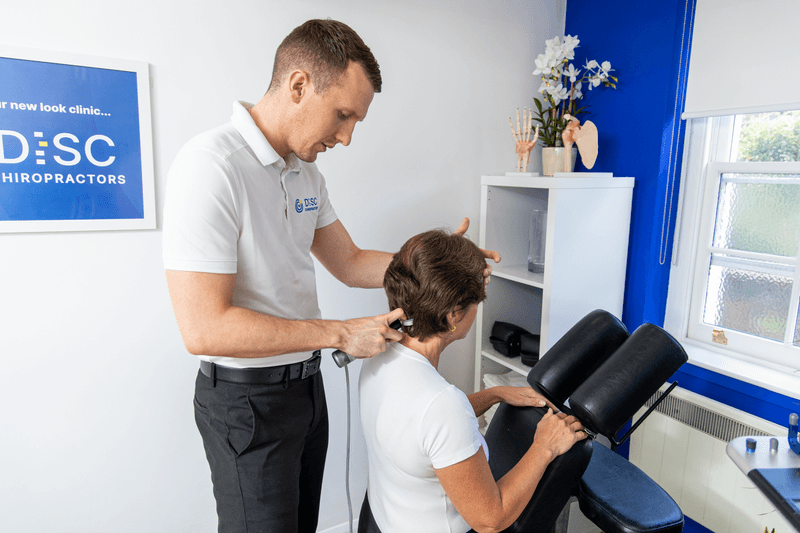
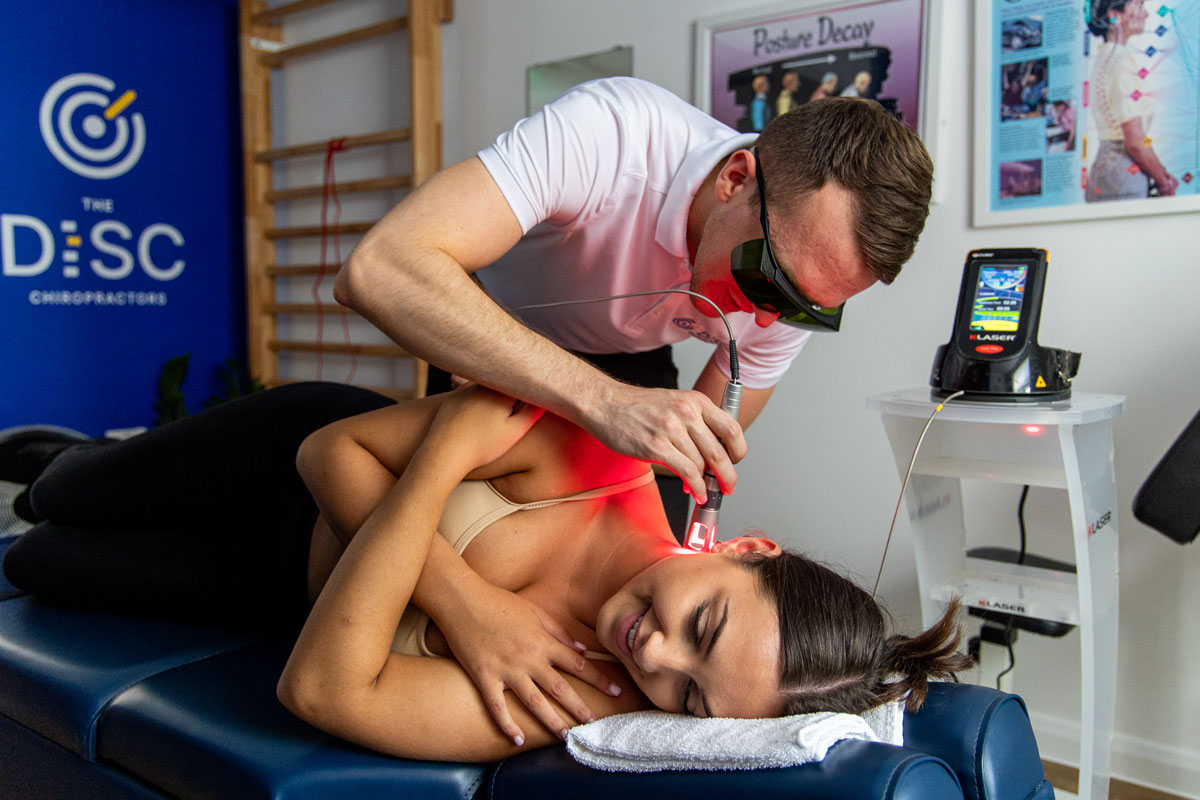
Radiating pain
Radiating pain is pain that travels along a specific nerve pathway, it is most commonly seen in the case of damage around the spine creating irritation at the nerve root known as radicular pain but can also travel back up or down a nerve from injury or damage in the arms and legs irritating local nerves. Pain tends to flow from one region to another.
Radiculopathy
“Radiculopathy can be defined as the whole complex of symptoms that can arise from nerve root pathology, the pattern doesn’t just comprise of the radicular pain but also includes anaesthesia, paraesthesia, hypoesthesia, motor/muscle strength loss or muscle guarding and spasm.”
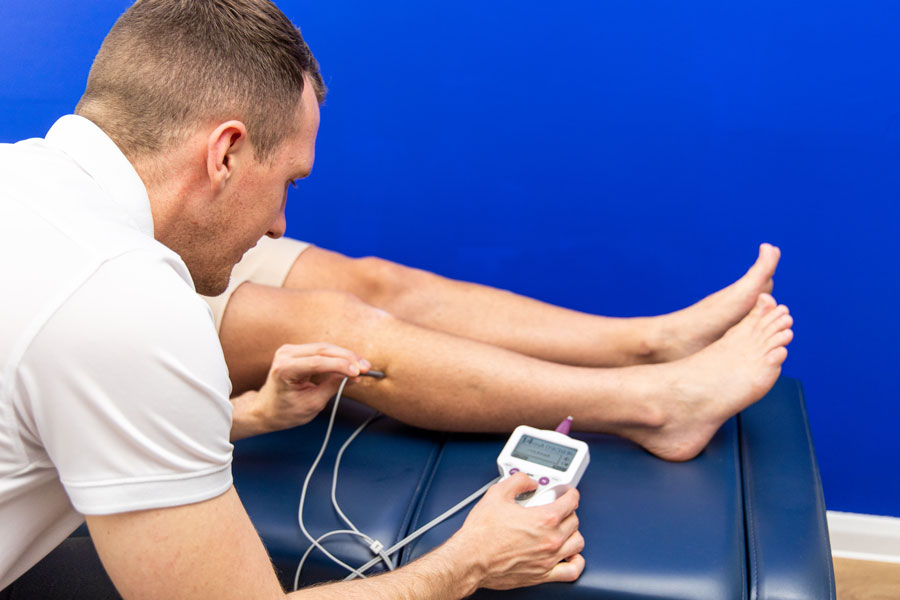
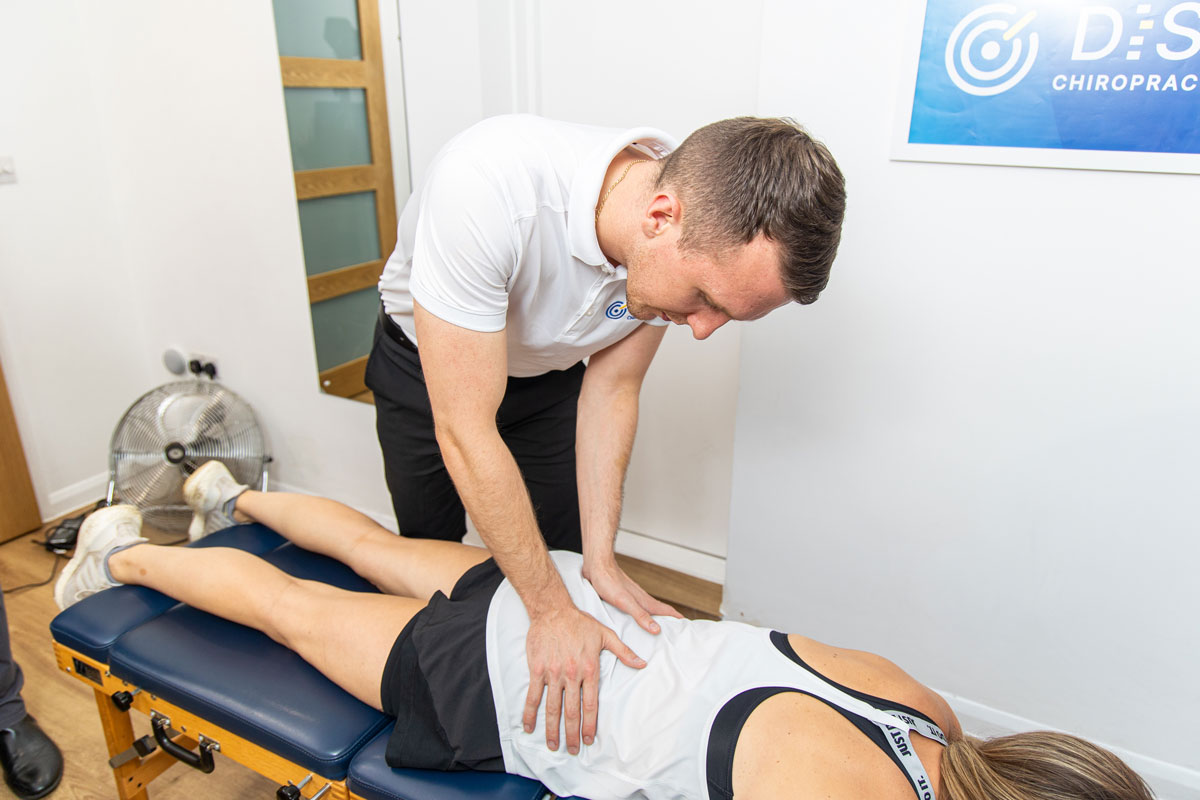
Radicular pain
Radicular pain is a specific kind or radiating pain that arises from a nerve root as the nervous system exits the spine. The most common cause of radicular pain are disc herniations when the disc becomes damaged it releases inflammatory mediators that irritate the nerve root. Pain tends to be specific and rarely changes location once in situ.
The most common nerve roots to be affected are the lower lumbar vertebra & discs which form the collective sciatic nerve; irritation to them involves the back of the thighs’, calves’, shins, and feet. Whilst the upper lumbar region supplies the femoral nerve which affects the front or side of thigh as well as the anterior knee region.
As lesser-known cause of radicular pain is Inflammatory Disc Disease an internal inflammation within a previously damaged Intervertebral Disc, episodic flare ups of pain felt diffusely across the lower back and can refer pain into the hips and upper thighs.
Radicular pain often can be felt without symptoms at the point of origin and is known to jump from one region to another as well as flow between the two.
Discogenic Pain
Discogenic Pain can be described as damage to the outer fibres of the Intervertebral Disc, commonly felt as pain spreading diffusely across the lower back into the glutes and hips.
When a case presents at The DISC Chiropractors, it is quite rare for them to only to have one distinct pattern of pain as described above, a more common scenario involves a complex pain pattern with two or more patterns overlapping each other. Key here is a thorough consultation and examination process, identifying the starting point to the injury and therefore its root cause, as often the cascade of symptoms that has developed will continue to return until this is discovered and corrected.
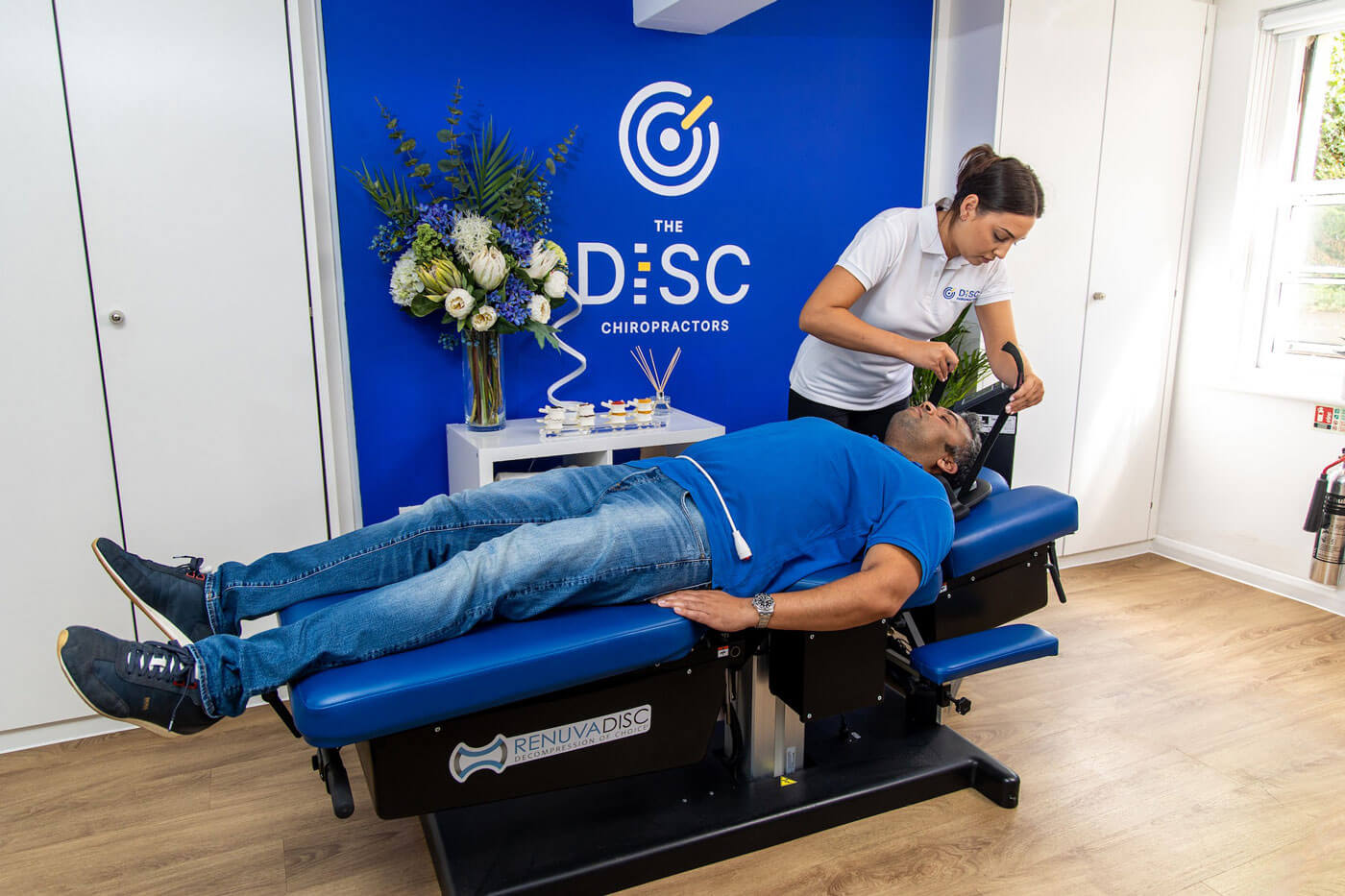
Contact Us
If you would like to find out what we could do to help your Arm & Leg Referral Pain, please click the icon below to book a thorough consultation to evaluate your case.
